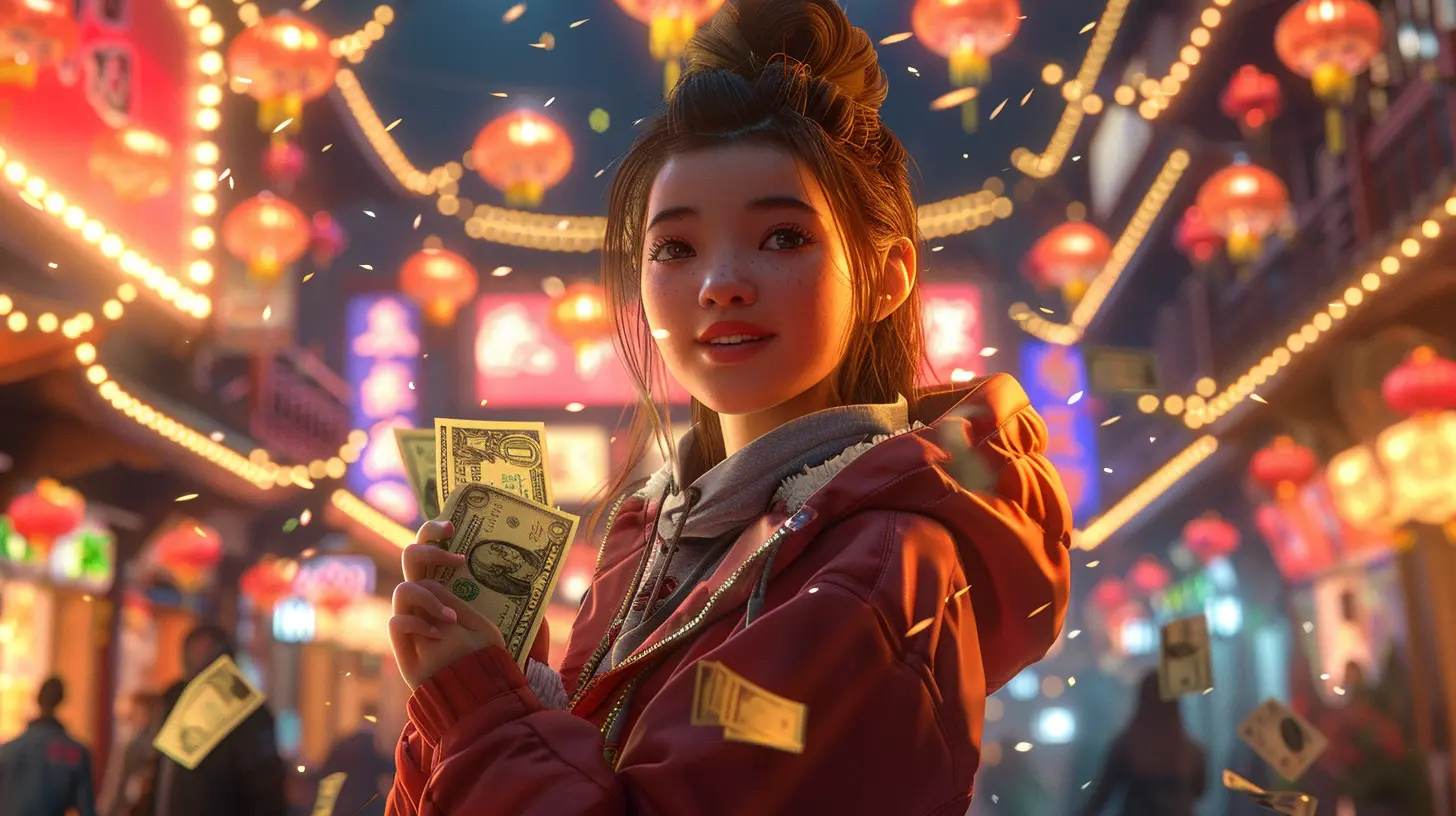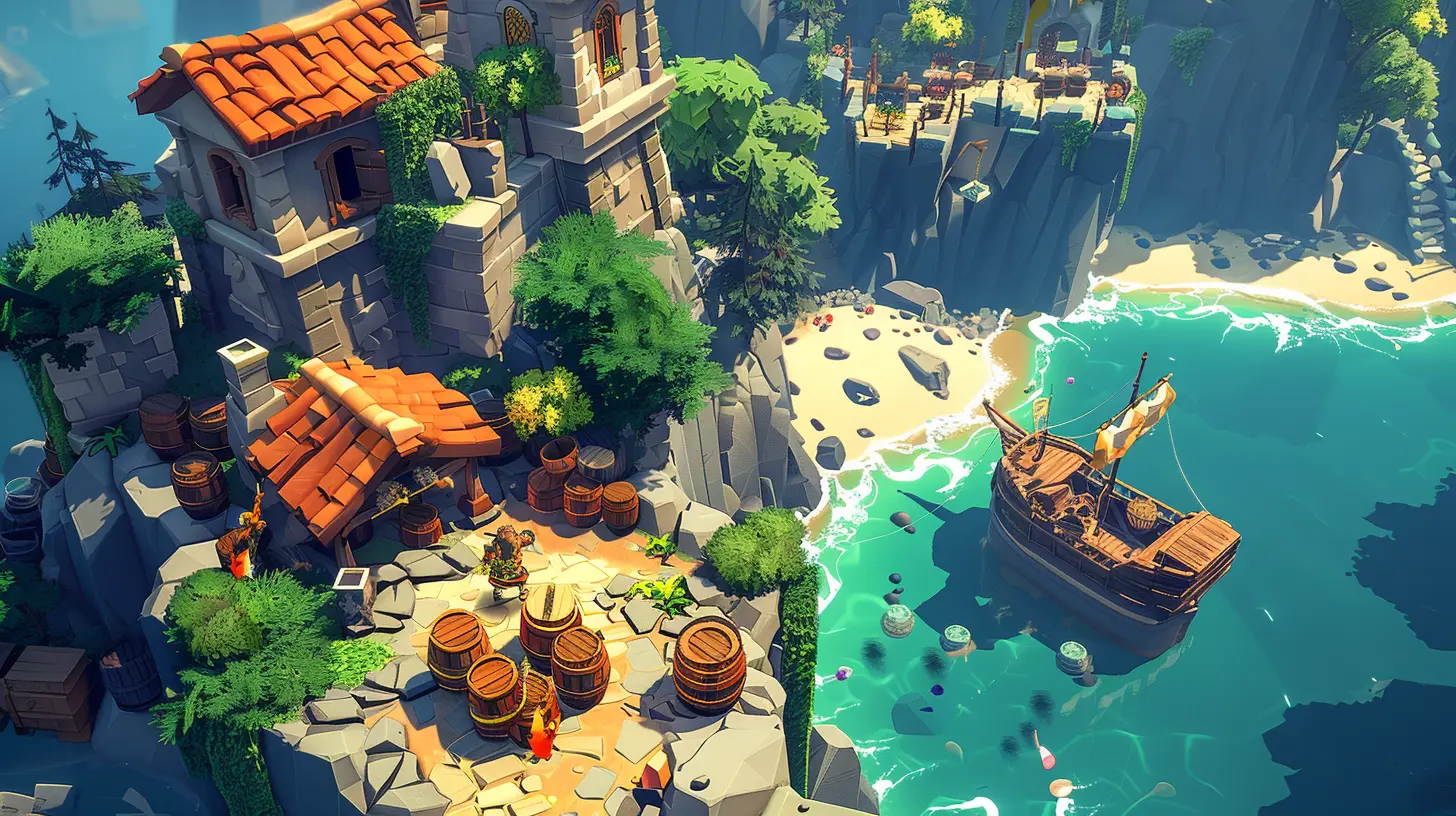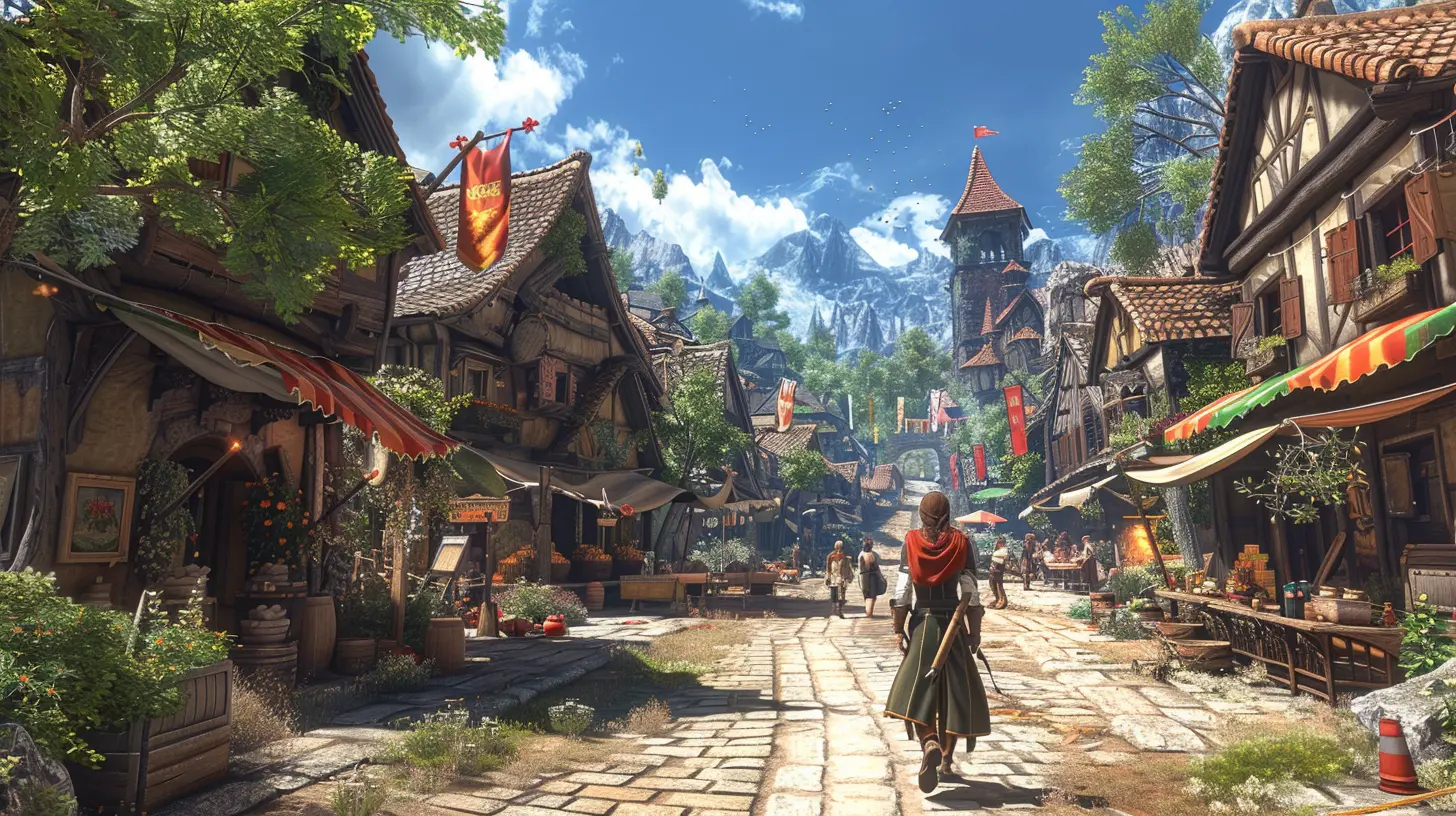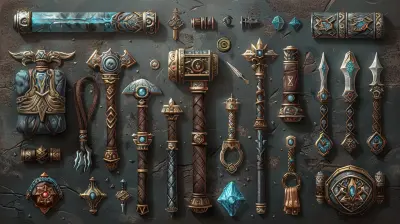In-Game Purchases: A Closer Look at Currency Conversion Rates
28 May 2025
Gaming has never been more accessible or diverse than it is today. With a smartphone, a console, or a PC, anyone can dive into countless games from nearly any genre imaginable. But let's talk about something that's become an inseparable part of modern gaming—in-game purchases. Whether you love them, hate them, or grudgingly tolerate them, they’re hard to avoid.
Now, there's one aspect of in-game purchases that often leaves players scratching their heads: currency conversion rates. You know, that moment when you realize the shiny new skin you wanted costs 500 gems, but you have no idea how much those gems actually cost in “real money.” Why does it feel like we need a degree in economics just to buy an outfit for our digital character? Let’s break it all down and get to the bottom of this.
The Rise of In-Game Currencies
Before we dive into conversions, let’s briefly talk about why in-game currencies even exist. Think about the old-school gaming days when you’d hand over $40 or $60 for a game, and that was it. You had the complete package—no extra payments necessary.Fast forward to now, and in-game purchases have become the bread and butter for many developers. Games like Fortnite, Genshin Impact, and Apex Legends are “free-to-play,” but their developers still need to make money. That’s where in-game currencies come into play. By creating their own virtual currencies—like V-Bucks, Primogems, or Apex Coins—developers can set their own rules, prices, and, let’s be honest, make spending real money feel less obvious.
It’s like turning your dollars into tokens at an arcade. You stop thinking in terms of actual dollars and start thinking in terms of “game money.” But just like those arcade tokens, the actual value isn’t always clear.
Why Do Developers Use Virtual Currencies?
Alright, you might be wondering, “Why not just let me pay in dollars or whatever currency I use every day?” Good question. The answer lies in a mix of psychology, marketing, and economics.1. Disconnecting Real Money From Virtual Spending
When you spend $5 on a coffee, it feels tangible. You’re handing over a bill, or maybe you’re swiping a card, but you know what you’re losing. In contrast, when you spend 500 gems on a new weapon skin, the connection to real money isn’t as strong. This disconnect makes players more likely to spend without overthinking. It’s almost like a clever camouflage.2. Encouraging Bulk Purchases
Ever notice how you can rarely buy just enough in-game currency for what you want? Let’s say a new avatar outfit costs 700 coins, but the store only sells coins in bundles of 500, 1,000, or 2,000. Guess what? You’re probably buying the 1,000-coin bundle and leaving the extra 300 coins sitting there. This leftover currency often encourages players to spend just a little bit more to use it up.3. Regional Pricing Flexibility
Virtual currencies also give developers more wiggle room when it comes to regional pricing. Players in different countries have different spending habits and varying levels of purchasing power. By converting dollars, euros, or yen into a universal in-game currency, developers can adjust pricing behind the scenes without making the differences super obvious.
The Confusing Math of Currency Conversion Rates
Here’s where things get tricky. The value of in-game currency isn’t always straightforward, and figuring out what you’re actually spending can feel like solving a riddle. Let’s break it down.1. The “Odd Number” Pricing Tactic
Have you noticed that currency bundles often come in odd amounts? For example, you’ll see a pack of 1,500 gems for $9.99. Why not just give us 1,000 gems for $10? Because the odd numbers mess with our ability to calculate the exact exchange rate in our heads. It feels like a good deal, even if it’s not.Here’s a quick example: If 1,500 gems cost $9.99, that means each gem costs roughly 0.00666 cents. But no one’s thinking about it like that while they’re shopping for that cool dragon mount, right?
2. Tiered Bundles
Bundled pricing adds another layer of confusion. Smaller packs have a higher cost-per-unit, while bigger bundles give you more “bang for your buck.” For instance:- 500 gems for $4.99 ($0.00998/gem)
- 1,500 gems for $9.99 ($0.00666/gem)
- 10,000 gems for $49.99 ($0.00499/gem)
The bigger the bundle, the better the deal… or so it seems. But here’s the catch: Unless you plan to spend those gems strategically, you might end up with unused currency—and wasted money.
The Sneaky Science of Microtransactions
The term “microtransaction” might sound small and harmless, but the science behind it is designed to maximize spending. Developers use several psychological tactics to keep us hooked. Let’s explore a few.1. FOMO (Fear of Missing Out)
Sales, limited-time offers, and event-exclusive goodies—these tactics create urgency. “You’ve only got 24 hours to snag this legendary sword skin!” The fear of missing out pushes players to spend, often without taking the time to calculate the actual cost.2. Reward Systems
Games often reward players with small amounts of free currency for completing missions or leveling up. While this feels generous, it’s a clever nudge. Why? Because when you’re 50 gems short of buying something, you’re more likely to spend a few bucks to bridge the gap.3. Personalization
Some games take it a step further, showing players microtransaction deals based on their in-game behavior. Did you spend hours customizing your character? Here’s a personalized deal for exclusive outfits. Love challenging dungeons? How about a special offer for a powerful weapon?Tips to Keep Your Spending in Check
All of this can feel overwhelming, but you don’t have to fall into the trap. Here are a few tips to stay in control of your in-game spending:1. Set a Budget
Decide how much you’re willing to spend on a game each month and stick to it. Treat it like entertainment—just like your Netflix or Spotify subscription.2. Do the Math
Before buying any in-game currency, take a moment to calculate the real-world cost of what you’re purchasing. If it feels too complicated, it might be a red flag.3. Wait for Sales
Some games offer discounts on currency bundles or in-game items during special events or seasons. If you’re not in a rush, waiting could save you money.4. Avoid Impulse Purchases
Take a step back and ask yourself: “Do I really need this?” More often than not, the answer will be a solid “no.”The Future of In-Game Purchases
As gaming continues to evolve, so do in-game purchases and currency systems. Governments around the world are starting to crack down on predatory pricing and loot boxes, demanding more transparency for players. While we’re unlikely to see the end of in-game currencies anytime soon, the gaming industry may eventually adopt fairer practices—or at least make pricing more straightforward.Final Thoughts
In-game currencies and their conversion rates can feel like stepping into a maze, but understanding the “why” behind these systems makes it easier to navigate. At the end of the day, the power lies in your hands—or, well, your wallet. Whether you’re buying a fancy skin, a powerful weapon, or just a bunch of digital coins, remember: It’s all about having fun, not breaking the bank.So next time you’re tempted by that 2,000-gem bundle, take a deep breath and ask yourself, “Is it worth it?” Spoiler alert: The answer is probably “not today.
all images in this post were generated using AI tools
Category:
In Game PurchasesAuthor:

Leandro Banks
Discussion
rate this article
3 comments
Kael Hensley
Ah, in-game currency conversion rates—the only place where a small fortune can turn into a single potion faster than you can say 'microtransaction!' At this rate, I might start taking out loans just to buy a new hat for my digital horse! Game on, but wallet beware!" 🐴💸
June 16, 2025 at 4:26 AM

Leandro Banks
Absolutely! The absurdity of in-game currency conversion highlights the often hidden costs of gaming, making it crucial for players to stay informed and budget wisely. Happy gaming!
Gideon Ward
This article provides valuable insights into how currency conversion rates impact in-game purchases. Understanding these factors can help gamers make smarter spending choices and maximize their gaming experience. Great read!
June 8, 2025 at 4:35 AM

Leandro Banks
Thank you for your feedback! I'm glad you found the insights helpful for making smarter purchasing decisions. Happy gaming!
Cassidy Lee
Great insights on the impact of currency conversion rates in in-game purchases! Understanding these nuances can really enhance our gaming experience. It's essential for players to be informed about how their money is being spent. Thank you for shedding light on this important topic!
May 28, 2025 at 4:31 AM

Leandro Banks
Thank you for your thoughtful comment! I'm glad you found the insights valuable for enhancing the gaming experience.



